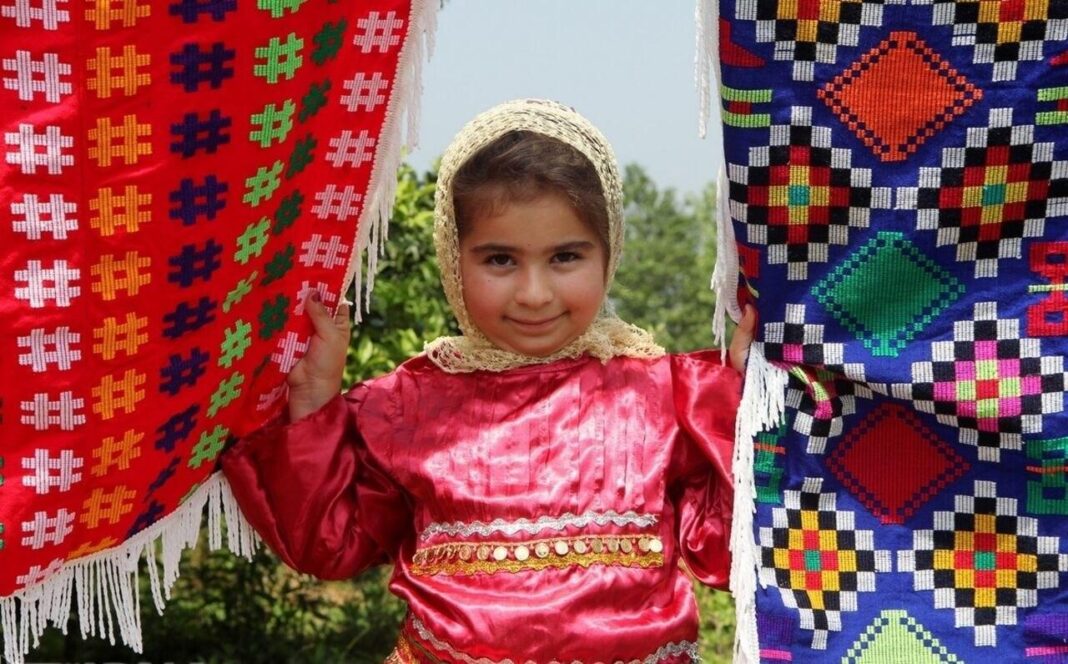“With the registration of the cities of Shiraz, Zanjan and Malayer as well as Qassemabad village on the world list of cities and villages with handicrafts, the number of Iranian cities, towns and villages registered on the list has risen to 14,” said Iranian Minister of Cultural Heritage, Tourism and Handicrafts Ali-Asghar Mounesan.
He further explained why each of the several cities or villages from Iran have been registered on the list.
“Shiraz from Fars province as the world city of handicrafts, Zanjan as the city of filigree work, Malayer from Hamadan province as the universal city of furniture decorated with inlaid woodwork, and Qassemabad village from Gilan province as the global village of chador-shab weaving have been put on the global list of cities and villages known for their handicrafts,” the minister added.
“Based on international statistics, as many as 48 cities and villages around the world have, so far, been registered as the ones known for their handicrafts. Of that number, 40 cities are located in Asia and the Pacific, six in Latin America and two in Europe,” he added.
He said 14 cities and villages from Iran have been registered on the list so far, bringing the country to the top of the list as far as the number of global towns and villages with handicrafts are concerned.
Zanjan’s filigree art consists of curling, twisting, or plaiting fine, pliable metal threads and soldering them at their points of contact with each other and, if there is one, with the metal groundwork. Filigree is delicate, lacelike ornamental openwork composed of intertwined wire threads of gold or silver, widely used since antiquity for jewelry.
Celebrated as the heartland of Persian culture for over 2000 years, the southern city of Shiraz was one of the most important cities in the medieval Islamic world and was the Iranian capital during the Zand dynasty (1751–1794).
Malayer is also located in west-central Hamadan province, and is home to over 4,000 furniture workshops in which more than 8,000 wood masters and some 25,000 crafters are engaged. It was named a national city of woodcarving earlier in 2017.
Situated in Roodsar county, Gilan province, Qassemabad village is nationally known for its traditional costumes because of their vibrant colours and uniquely beautiful designs. However, the Chador Shab, a kind of homemade outer-garment for women, was the main subject for the WCC assessment.
Last December, WCC-APR Director Ghada Hijavi along with fellow experts visited various handicraft workshops, stores, exhibits as well as craftspeople in the four destinations to follow up on their assessments.
Iran’s handicrafts exports reached $289 million in 2018, showing three percent growth year on year, based on data released by the Ministry of Cultural Heritage, Tourism and Handicrafts.
Traditional ceramics, pottery vessels, handwoven cloths as well as personal ornamentations with precious and semi-precious gemstones are among Iranian exports to Iraq, Afghanistan and Germany, the US, the UK, and other countries.
Many Iranian cities have been registered in the World Crafts Council’s list previously: Tabriz for carpet, Isfahan for creative handicrafts, Mashhad for gemstones, Lalejin in Hamadan province for pottery, Marivan in Kurdestan province for Kalash-bafi (Giveh), Sirjan in Kerman province for Kilim weaving, Abadeh in Fars province for woodcraving, Maybod in Yazd province for Zilu carpet weaving, Khorashad village in South Khorasan province for Tobafi fabric weaving, and Kalpouregan in Sistan and Baluchestan province for its 7000-year-old pottery.
